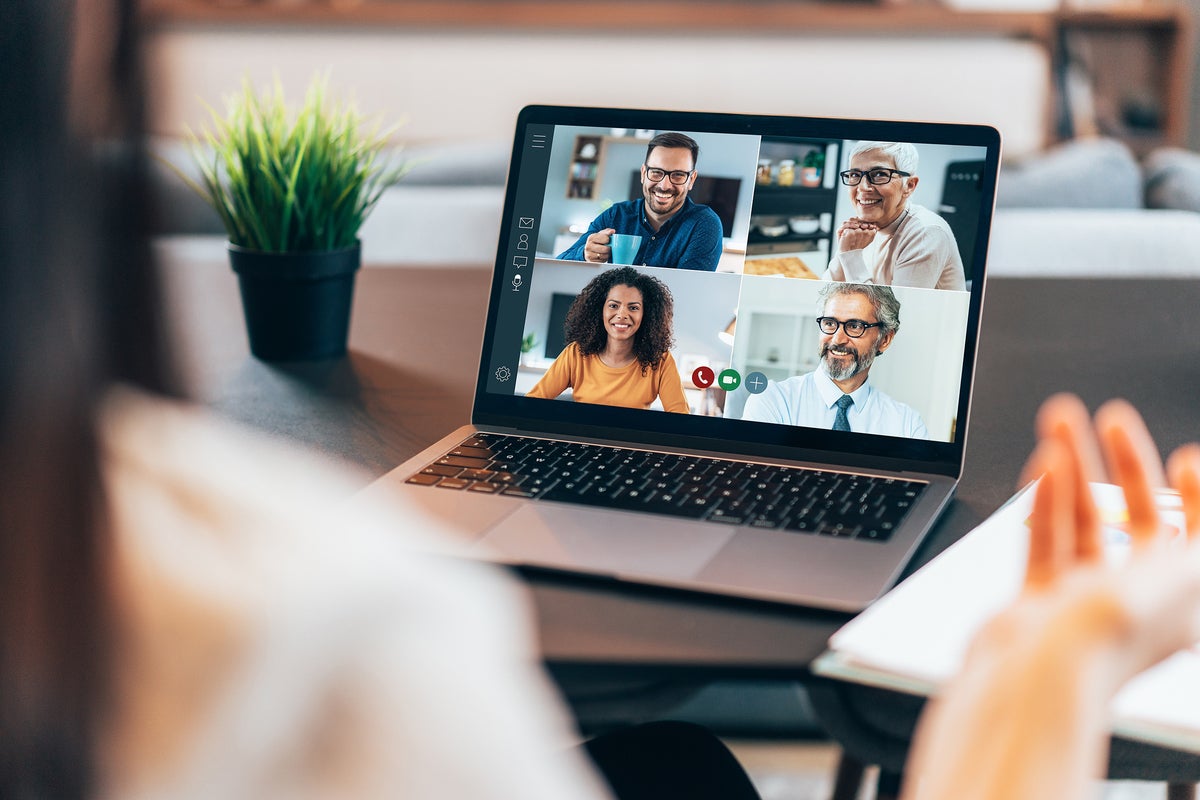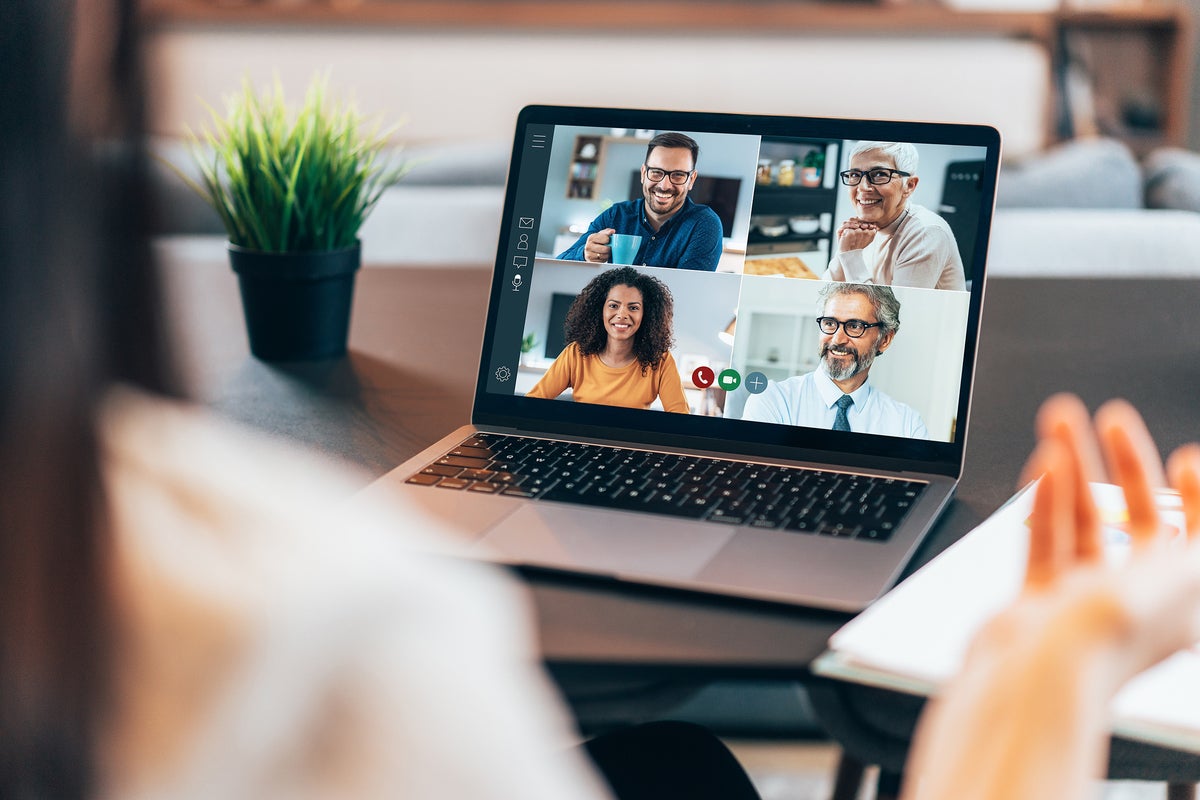
Disclosure: Most of the vendors mentioned are clients of the author.
When the laptop was conceived, the tech industry was attempting to address the needs of a mobile workforce. These workers often had to travel to remote locations and needed to use familiar hardware at job sites, in hotels, in conference rooms, and other places like coffee shops.
The new normal we now live in has people mostly working from home, travel has been massively curtailed, and interactions are virtual or communications-based. The priority now is less about mobility and more about staying connected – not only to work but to what is going on around them. Attention is often split between work and meetings and watching their kids, and unreliable networks sometimes gate interactions. Their primary communications device, the smartphone, wasn’t designed for this new normal.
The notebook now needs the connectivity a smartphone has, and the smartphone needs the screen size and productivity enhancements offered by notebooks. It’s time to merge both into a new blend that addresses this new Pandemic normal.
Let me explain.
Merging the laptop and smartphone
The issue with both devices is that they weren’t designed for a world where working in the office and meeting in person would be more the exception than the rule for otherwise mobile employees. At the same time, 5G networks are rolling out; Qualcomm recently noted that 5G can provide far more reliable performance than the distributed wired networks most homeowners have.
I’ve watched several executive presentations where, during the presentation the network degrades, images freeze and the sound goes out. Were their laptop able to failover to a 5G connection, this localized network capacity problem wouldn’t catastrophically end a presentation or conference; the presentation would continue over 5G. When a network fails, fairly or not it reflects poorly on the individual. And if it’s a sales event or a talk designed to influence opinion, that failover can reduce the likelihood of success.
Even without network problems, camera placement is often problematic. On a desktop computer, the camera is high but broadly acceptable. On a laptop, the camera is low, giving the audience a view that is anything but attractive. I’ve seen presenters touting new notebooks who refuse to use the notebook camera as a result. The smartphone can, with a simple stand, be used not only as a camera but a way to show a speaker’s face so that the user is looking at the speaker not and under-the-nose shot.
To make this all work more smoothly, the phone and laptop need to be better integrated – and the conferencing service needs to provide a way to highlight the image of the speaker so that it comes from the phone where the sound originates. The phone microphone can also create a more natural sound field , delivering an experience that feels more like you are talking to a person rather than a screen. (The presentation itself can remain on the laptop screen, which is not only large enough to easily see the slides but can provide extra real estate for note-taking.
I use a desktop computer with a wonderful Dell 49-in. landscape display that allows me to emulate this setup. It makes a huge difference. For instance, as I write this, I’m also attending a meeting, and I’ve placed the image of the speaker under the camera so that when she is talking, she sees me, and when I’m talking to her, I’m looking at her. (Apparently, I’ve developed some multi-tasking skills.)
If I could integrate the camera, modem, and screen on the smartphone with the PC, I could better integrate the experience. And if my network dropped (which happened last week when someone miles away dug up a critical networking line), I could fail over to 5G and keep going as opposed to scrambling to set up tethering, missing the end of the meeting and potentially losing a business opportunity.
Who’s watching the kids?
It also occurs to me that, when using a blended laptop smartphone solution, the camera on the back of the smartphone could be used, with the proper software, to monitor the kids. I was reminded of this by a local news story about a woman driving down the freeway who saw a 2-year-old run in front of her and jump into an irrigation canal. (She was able to jump in and save the child.) The child’s caregiver had lost track of the child.
Current security camera software for products like Arlo can identify people and track them with little hardware overhead. This solution could be implemented in a smartphone, which then could alert when any of the children registered on the device got above a certain height or wandered out of view. Future AI cloud services could probably do more to alert about unsafe behavior. But rather than relying on a security camera solution, the smartphone could use its back-facing camera – even during a conference call, which would require only its front-facing camera.
This kind of setup could also serve as a real-time scanner or remote camera if an employee needs to show a physical object or printed document during a call without actually have to scan and send the document.
Wrapping up
With any significant change, we often leave in place the existing eco-system for some time before we realize that it no longer fits the new normal. As they currently exist, smartphones and laptops aren’t integrated, which doesn’t allow them to work together to address our new communications and monitoring needs. Companies like Apple, Lenovo, Google, and Samsung that offer both types of hardware may be in a unique position to address this need, including unique hardware approaches to better deal with sound and smartphone placement. Microsoft is in a somewhat unique position, given it has been aggressive with Android communications apps and has become more creative regarding hardware designs that have potential.
However we get there, it is clear this new normal will be with us for some time; it’s now past time to consider merging the use cases for laptops and smartphones so we can more aggressively use their combined features to everyone’s advantage.



